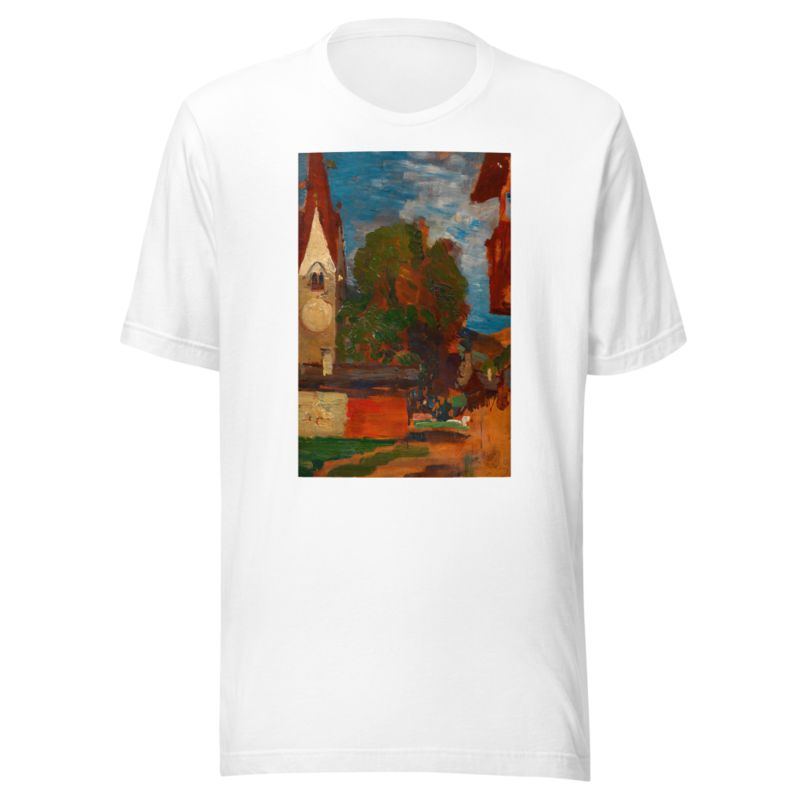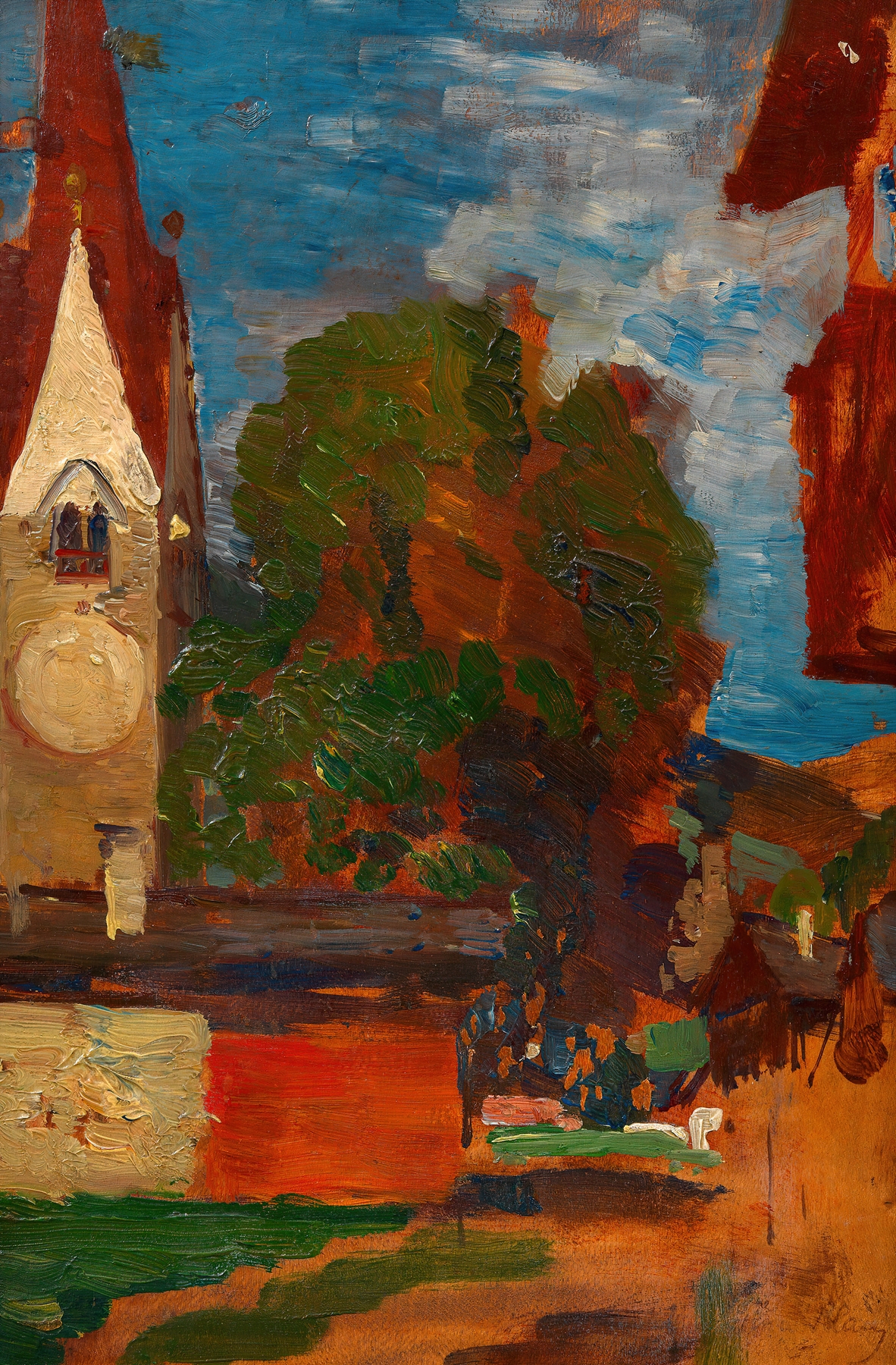Description
Kirche in Taufers by Tina Blau printed on a T-Shirt
About the T-Shirt
Regular fit
Standard length, the fabric easily gives into movement
Casual wear
A classic, everyday option loved by our customers
Side-seamed
Constructed by sewing two parts together, creating a fitted look
The Unisex Staple T-Shirt feels soft and light with just the right amount of stretch. It’s comfortable and flattering for all. We can’t compliment this shirt enough–it’s one of our crowd favorites, and it’s sure to be your next favorite too!
- Solid colors are 100% Airlume combed and ring-spun cotton
- Ash color is 99% combed and ring-spun cotton, 1% polyester
- Heather colors are 52% combed and ring-spun cotton, 48% polyester
- Athletic and Black Heather are 90% combed and ring-spun cotton, 10% polyester
- Heather Prism colors are 99% combed and ring-spun cotton, 1% polyester
- Fabric weight: 4.2 oz./yd.² (142 g/m²)
- Pre-shrunk fabric
- 30 singles
- Side-seamed construction
- Tear-away label
- Shoulder-to-shoulder taping
- Blank product sourced from Nicaragua, Mexico, Honduras, or the US
Tina Blau (1845-1916)
Tina Blau, later Tina Blau-Lang was an Austrian landscape painter.
Blau’s father was a doctor in the Austro-Hungarian Medical Corps and was very supportive of her desire to become a painter. She took lessons, successively, with August Schaeffer and Wilhelm Lindenschmit in Munich (1869–1873). She also studied with Emil Jakob Schindler and they shared a studio from 1875 to 1876, but apparently broke off the arrangement after a quarrel. Later, at the art colony in Plankenberg Castle, near Neulengbach, she briefly became his student again.
In 1883, she converted from Judaism to the Evangelical Lutheran Church and married Heinrich Lang, a painter who specialized in horses and battle scenes. They moved to Munich where, from 1889, she taught landscape and still life painting at the Women’s Academy of the Münchner Künstlerinnenverein (Munich Women Artists’ Association). In 1890, her first major exhibition was held there. Blau exhibited her work at the Palace of Fine Arts at the 1893 World’s Columbian Exposition in Chicago, Illinois.
After her husband’s death, she spent ten years travelling in Holland and Italy. After her return, she established a studio in the Rotunde. In 1897, together with Olga Prager [de], Rosa Mayreder and Karl Federn [de], she helped found the “Wiener Frauenakademie [de]”, an art school for women, where she taught until 1915.
She spent her last summer working in Bad Gastein, then went to a sanatorium in Vienna for a medical examination. She died there of cardiac arrest. She was given an “Ehrengrab” (Honor Grave) in the Zentralfriedhof. The Vienna Künstlerhaus auctioned off her estate and held a major retrospective in 1917.






Reviews
There are no reviews yet.